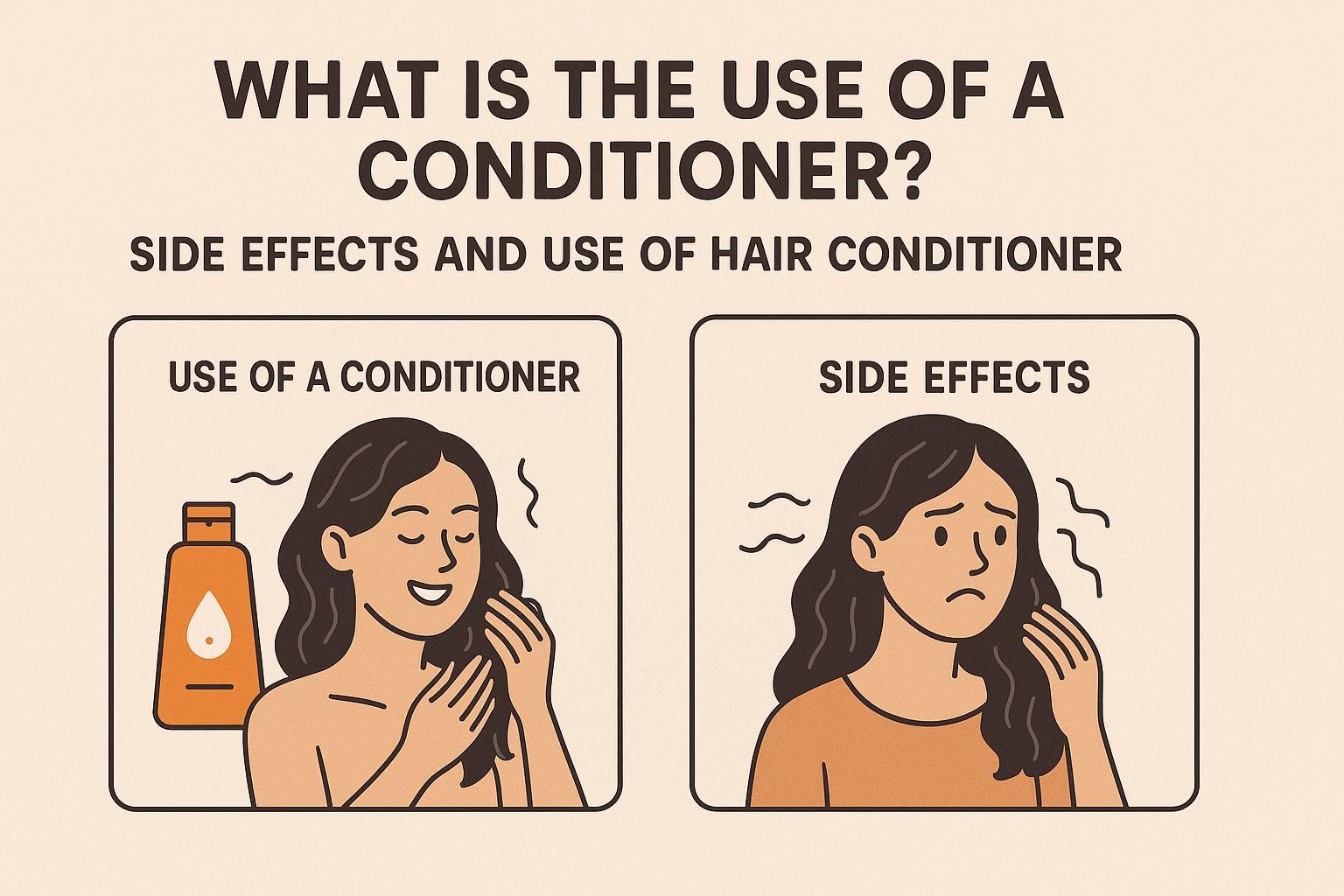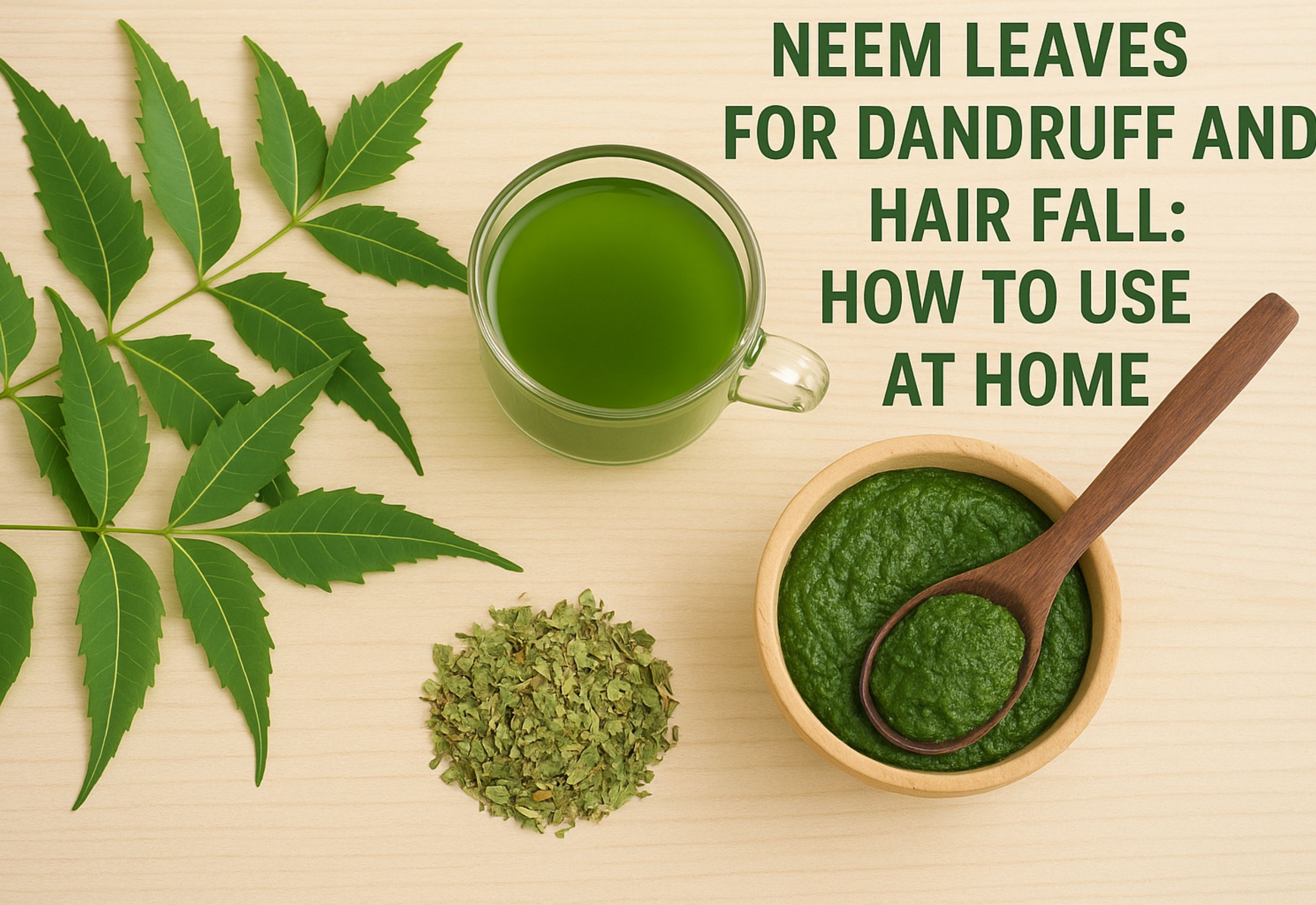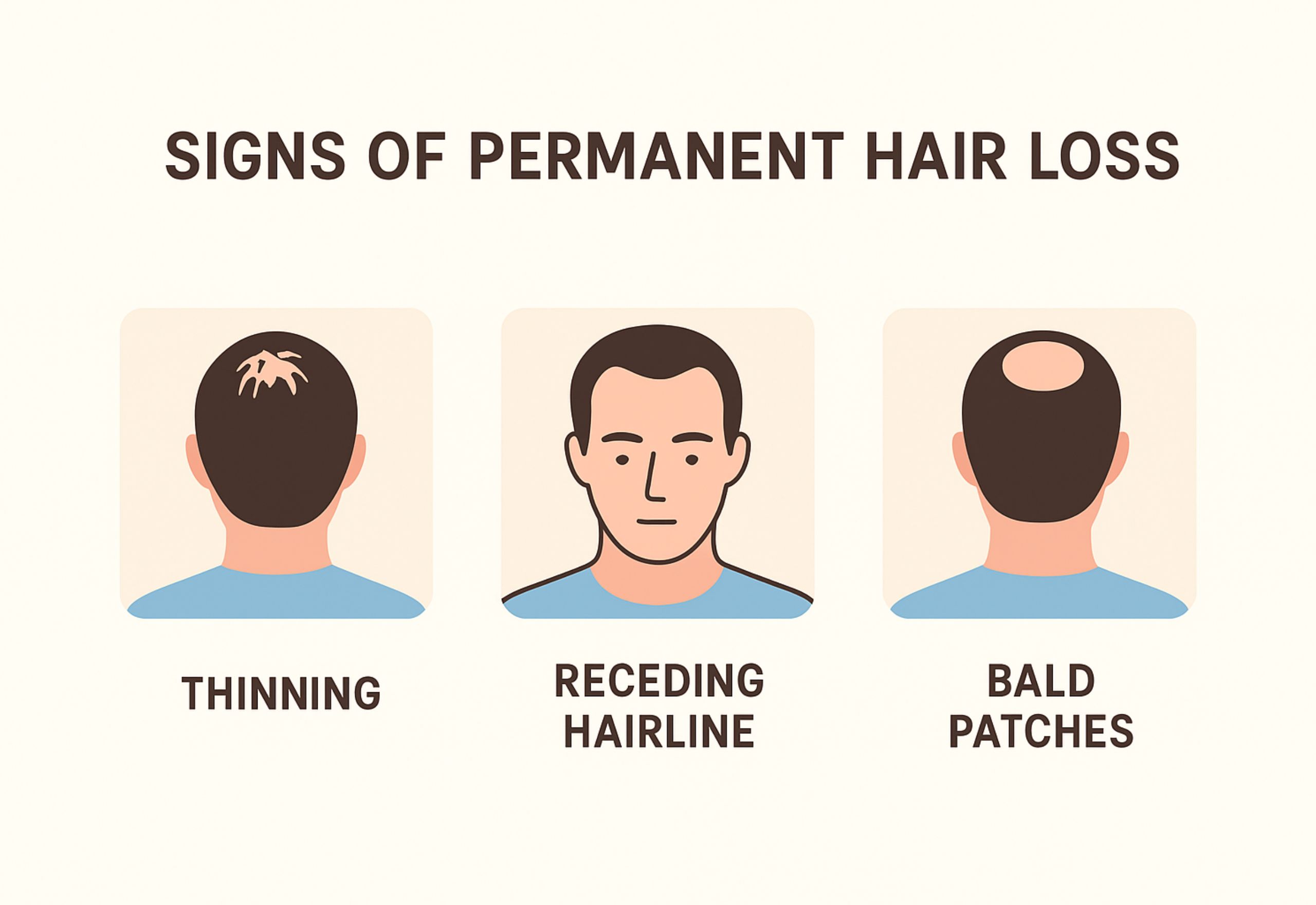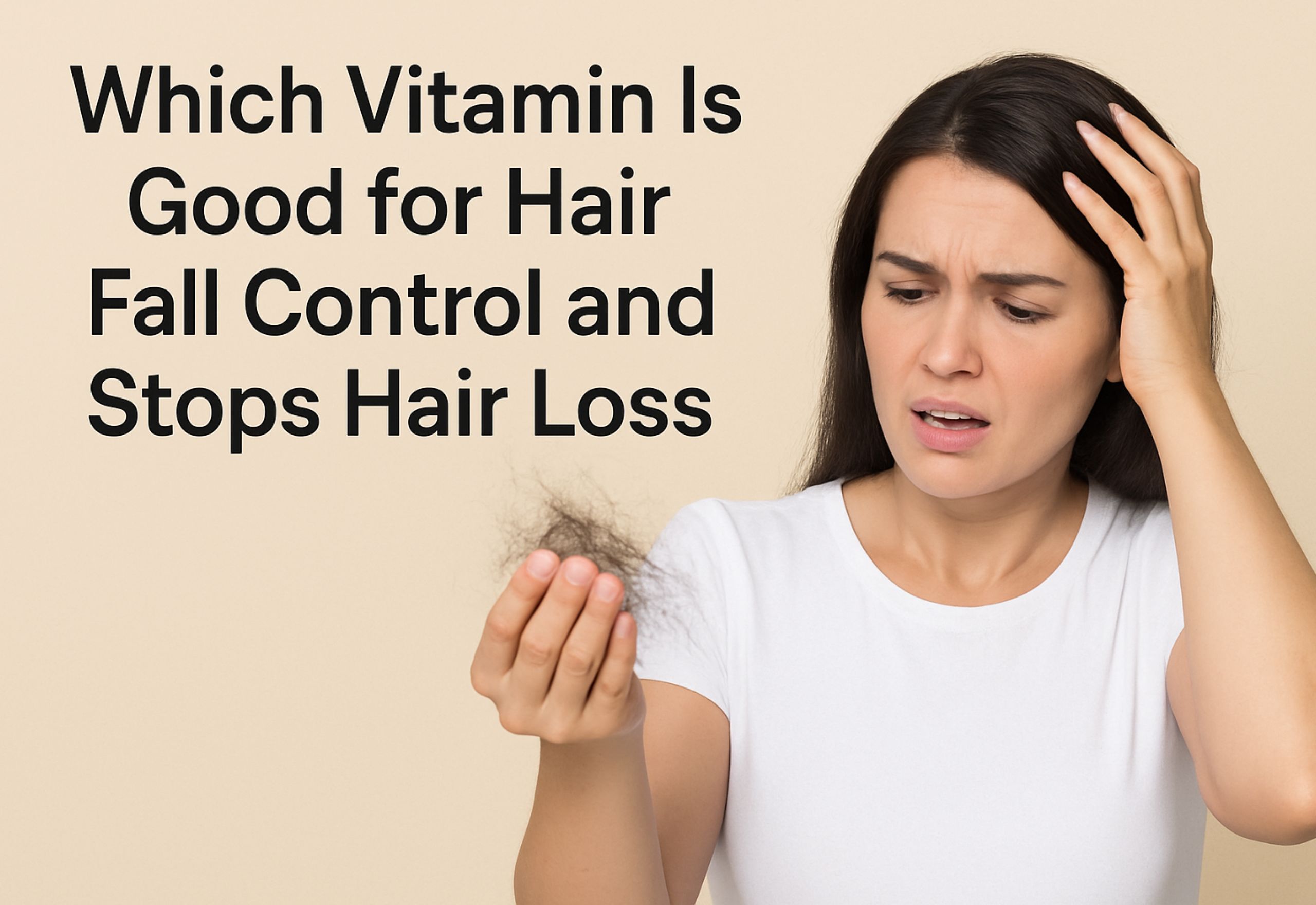When it comes to hair care, the question remains: What is the use of conditioner and what are the side effects of conditioner? Conditioner is a hair care product that helps make your hair’s texture, manageability, and appearance better after shampooing. When shampoo washes the scalp and hair, cleansing them of oil, dirt, and buildup, it tends to remove natural moisture from the hair, leaving it dry and exposed. This is where the use of hair conditioner takes place.
Conditioners relax the hair cuticle, resupply lipids and protein, and deposit a layer on every fiber to minimize friction, increase shine, and prevent breakage. Conditioners often consist of emollients (e.g., oils or silicones), humectants (e.g., glycerin), cationic surfactants, proteins (e.g., keratin or collagen), and, as an option, UV-protective compounds.
They form a protective coating, trap moisture in, and increase elasticity. They also counteract the negative charge resulting from shampooing, which generates frizz and static. Conditioned hair feels softer to the touch, brighter, and more resistant to breakage. Also, conditioners work on all hair types, as long as you use the appropriate formula.
Also Read: 7 Reasons To Use Conditioner After Every Wash
Why Use a Conditioner After Shampoo?
Applying conditioner following shampooing is essential to the health of your hair. Shampooing makes the hair cuticle lift, stripping the hair of impurities and oil, but making it prone to dryness. The use of conditioner after shampoo helps to:
1: Rehydrates and moistens the hair cuticle
2: Reduces frizz and static electricity
3: Increases elasticity and tensile strength
4: Offers a shield against heat, pollution, and mechanical wear
5: Softens and glistens the hair
By replacing moisture and sealing the cuticle, conditioners serve a repairing function after shampooing. This process is essential, particularly to individuals who use heat styling tools to style their hair or experience over-treated, chemically processed, or damaged locks.
Types of Conditioner
There are numerous conditioners that suit various types of hair and issues. The most used among them are:
1. Rinse-Out Conditioners
These are the classic conditioners used following shampooing and rinsed out after 2–5 minutes. They give daily moisturizing and detangling.
2. Deep Conditioning Masks
Loaded with proteins and moisturizers, deep conditioners lock into the hair shaft to repair and reconstruct. They’re applied once a week or twice a week and left for 20–45 minutes.
3. Leave-In Conditioners
These light weights are applied to wet hair when washed and not rinsed off. They detangle, tame frizz, and deliver all-day, steady hydration.
4. Cleansing Conditioners (Co-Wash)
Soothing surfactants cleanse without taking off natural oils. Great for curly or dry hair, they combine cleansing and conditioning in a single step.
5. Hold Conditioners
Styling polymers are built into these conditioners to hold and style hair and offer general moisture and protection.
Benefits of Hair Conditioner Use
A conditioner is more than added softness, it’s an essential component in keeping the hair healthy overall. Ten good reasons for conditioning on a daily basis:
1: Conditioner replaces lost moisture while shampooing, resulting in smooth, moisturized hair.
2: It strengthens the hair shaft, minimizes breakage, and keeps split ends at bay.
3: Seals in the cuticle to manage frizz and uncover natural shine.
4: Easier to comb through, cutting down on brush and styling damage.
5: Form a heat tool, UV light, and environmental toxin shield of protection.
Also Read: 7 Reasons Why Hair Mask Must
How Conditioner Works (The Science Behind It)
A conditioner is more or less a lotion for your hair. After shampoo strips away dirt and oils, strands can feel rough and dry. Conditioner coats them and seals in moisture alongside smoothing the surface.
The science is simple: your hair carries a negative charge when it’s clean. Conditioner is made with positively charged ingredients that stick to those spots. They flatten frizz, add slip, and make combing much easier. Many formulas also pack in humectants like glycerin that pull water into the hair, plus oils or proteins to patch weak spots. The result? Softer, shinier hair that’s less likely to snap.
Potential Side Effects of Conditioner
While hair conditioners are generally healthy and safe for most hair types, there are some potential side effects of conditioner to be aware of, particularly if the product is used incorrectly, excessively, or in conflict with your unique hair or scalp requirements. The most frequent side effects that occur as a result of the use of conditioner are outlined below:
1. Product Buildup
Conditioners usually have ingredients such as silicones, waxes, and heavy oils. When not washed out properly or applied too often, these kinds of products can deposit onto the hair shaft. These deposits weigh down the hair, oil it, make it limp or lackluster, and also prevent other hair treatments from functioning by masking the surface of the hair.
2. Hair Follicles That Are Clogged
Direct application of conditioner on the scalp will block hair follicles. This is because pore blockage by emollients and other thickeners may result in scalp disorders such as acne, inflammation, itching, or folliculitis. In severe conditions, blocked follicles will hinder hair growth.
3. Allergic Reactions
Some conditioners include parabens, sulfates, synthetic fragrances, preservatives, and dyes that cause allergic reactions. These appear in the form of itching, redness, rashes, burning, or hives on the ears, neck, or scalp.
4. Hair Fall or Shedding
Excessive conditioner, particularly when used near the scalp, can result in buildup that breaks hair roots. The buildup suffocates the follicles, resulting in short-term loss of hair or excessive hair loss in the long run. Conditioner does not lead to hair loss, but improper usage will lead to this problem.
5. Overload of Protein
Protein-based conditioners fortify the hair, but excessive use can result in protein overload. The condition stiffens, dries, and makes hair susceptible to breakage. It usually happens when conditioners containing ingredients such as keratin, collagen, or silk proteins are applied too many times without the balancing of moisturizing products.
6. pH Imbalance
Good conditioners are designed to return the pH of the scalp to its natural acidic state (of around 4.5–5.5). Some poorly made or low-quality conditioners, though, may upset this balance. Cuticles will stay open with an off-balanced pH, leading to frizz, roughness, and greater susceptibility to damage from the environment.
7. Hair Discoloration
While unusual, some medicated or tinted conditioners can change the hue of hair on a temporary level. More likely with colored hair, chemicals in the conditioners combine with color and bleach or deposit undesired color onto the hair.
8. Flat or Limp Hair
Thick or creamy conditioners, particularly those that have oils and butters in them, weigh fine or oily hair down, making it flat and lifeless. This is when the product is thicker than the hair type and presses the hair down, crushing natural volume.
Also Read: 10 Effective Methods To Increase Hair Density
Common Mistakes to Stay Away From When Using Conditioner
To stay away from these common mistakes in achieving the best conditioning benefit for your hair:
1. Do Not Apply Conditioner on the Scalp
A conditioner is for your hair strands, not the scalp. Applying directly to the scalp blocks pores, causes greasy roots, and even breakouts or irritation.
2. Don’t Overcondition
Excess application of conditioner or too frequent conditioning makes hair heavy, greasy, or limp. It can also cause product buildup in the long run, making your hair dull and lifeless.
3. Never Skip the Rinse
Leaving conditioner in hair and not rinsing it out completely will result in buildup, which can lead to itchiness or scalp irritation and flat hair.
4. Choose the Right Conditioner for Hair Type
Using a product that is not right for your specific hair type, such as heavy cream on fine hair or light spray on dry, damaged hair, it will exacerbate existing issues, including frizz, dryness, or oiliness.
5. Do Not Rush the Process
The conditioner does work slowly. Rinsing out the conditioner too soon can reduce its efficiency. Apply it to your hair for 2–5 minutes to enable complete absorption and detangling properties.
Selecting the Right Conditioner for your Hair
The right conditioner is crucial to healthy, manageable locks, and various hair types demand different products.
Fine or Oily Hair: Use light, silicone-free conditioners or spray leave-ins with moisture without heavy weights. Steer clear of heavy creams that weigh the hair down or make it flat and greasy.
Dry or Damaged Hair: Use rich moisturizing masks or conditioners that have proteins such as keratin or collagen. These replace moisture, restore split ends, and fortify fragile strands.
Curly Hair: Curly hair textures require extreme moisturizing. Use leave-in conditioners with high humectant content featuring ingredients such as glycerin or aloe vera to improve curl definition and minimize frizz.
Color-Treated Hair: To maintain color intensity, use sulfate-free, color-safe conditioners featuring UV protection. These conditioners encapsulate the pigment and inhibit fading.
Sensitive Scalp: For a sensitive scalp, use fragrance-free, hypoallergenic conditioners with low preservative content to prevent irritation.
Always read the ingredients. Steer clear of sulfates, parabens, and non-biodegradable silicones. Opt for plant extracts, natural oils, and pH 3.5–5.5 products.
Also Read: Top 10 Tips On How To Repair Damaged Hair
Medical & Scientific Insights
Trichologists and dermatologists affirm the use of conditioners. Shampoo enters and opens up the cuticle of the hair, and the pH rises, leaving it dry and coarse. A conditioner lowers the pH, closes the cuticle, and glides the shaft.
Scientific sources establish that conditioning products enhance elasticity, gloss, and manageability. Ongoing conditioning also shields against UV damage, pollution, and thermal styling. Synthetic polymers are cautioned against by scientists on ecological concerns.
Natural Alternatives & Add-Ons
Natural treatments may be added to your hair care routine, but never substitute conditioners. Apply them as add-on treatments:
Coconut/Argan Oil: Pre-wash oils that nourish and seal the cuticles.
Aloe Vera: Calms the scalp, moisturizes dry hair, and calms irritation.
Apple Cider Vinegar Rinse: Smooths hair, manages frizz, and regulates scalp pH.
Shea Butter/Glycerin: Provides intense moisture if added to DIY masks or leave-ins.
Conditioner plays a critical role in rehydrating lost moisture, repairing the hair cuticle, detangling hair, and shields against styling damage and environmental damage. Conditioner must be used after shampooing since it seals moisture into the hair shaft, smooths frizz, and improves overall manageability.
Conditioner side effects are minimal, yet they may show up based on improper usage or misuse of products. To get the most out of conditioner, it is best to select a conditioner for your hair type, apply it primarily to mid-length and ends, and rinse very well.
Used correctly, conditioner will make your hair healthy, shiny, soft, and less prone to breakage and stress caused by daily wear and tear.
Frequently Asked Questions
Can I use a conditioner without shampooing beforehand?
Yes, it’s called co-washing and is what curly, dry, or textured-headed individuals use. But then again, normal shampooing has to be done in order to get rid of product buildup and clean the scalp properly.
Is conditioner okay for short-haired men?
Yes. Short-haired men can be helped by a conditioner to keep their locks hydrated, soften the scalp, and avert itchiness, particularly if they wash their hair on a daily basis or continuously style it.
How frequently should I condition my locks?
It varies with your hair type and your regimen. Dry/normal hair can be conditioned 2–3 times weekly, while oily hair types can be conditioned once a week. Leave-in conditioners can be applied more often for extra moisturizing.
Can I use a daily conditioner on color-treated hair?
Yes, but sulfate-free and color-safe formula, if you please. Regular conditioning prevents color-treated hair from fading and damage caused by washing, styling, and the environment.
Does the conditioner expire or go bad?
Yes. Conditioners generally last for 12 to 24 months from the time of opening. A conditioner past its expiry date will be less effective and, in extreme cases, can even irritate the scalp. Always check for signs of expiry on the packaging.
What will happen if I do not use any conditioner at all?
Skipping conditioner will cause your hair to become brittle, dry, frizzy, and more susceptible to breakage with time. It becomes more difficult to detangle and style as well, particularly in dry or humid weather.
Are salon conditioners the same as drugstore conditioners?
Salon conditioners usually have more active ingredients, higher-quality proteins, and less filler. But most drugstore conditioners nowadays perform extremely well if selected based on hair type.
Do children use normal conditioners?
Children can use conditioner, but must select mild, tear-free types formulated for children because their scalps are more sensitive and their hair is finer.
Is conditioner necessary for every hair type?
Yes. Straight, curly, oily, or coarse, all hair types benefit from the moisture and protection of conditioner. What changes are the formula type used and how often.
Can conditioners be used to protect hair from chlorine in swimming pools?
Yes. Apply a leave-in conditioner or oil-based conditioner before swimming to form a membrane that prevents chlorine damage and dryness as much as possible. Always wash your hair after swimming.
Does conditioner cause scalp acne or clogged pores?
Yes, if it’s applied at the roots and not rinsed well. Stick to mid-lengths and ends, and wash out completely.
Can you overuse conditioners and damage your hair?
Overuse won’t break your hair, but it can leave it limp, greasy, and dull. Less is more, just enough to coat the strands.
How often should deep conditioning be done?
Most people do fine once a week. Extra-dry or color-treated hair may need it every 4–5 days.
What’s the best way to rinse conditioner properly?
Use lukewarm water, and rinse until your hair feels light and smooth instead of slippery. Hot water can undo the softness.
Should you avoid conditioner when using leave-in products?
No. Rinse-out conditioner hydrates first, leave-ins add extra protection. Just don’t layer heavy products that might weigh hair down.



